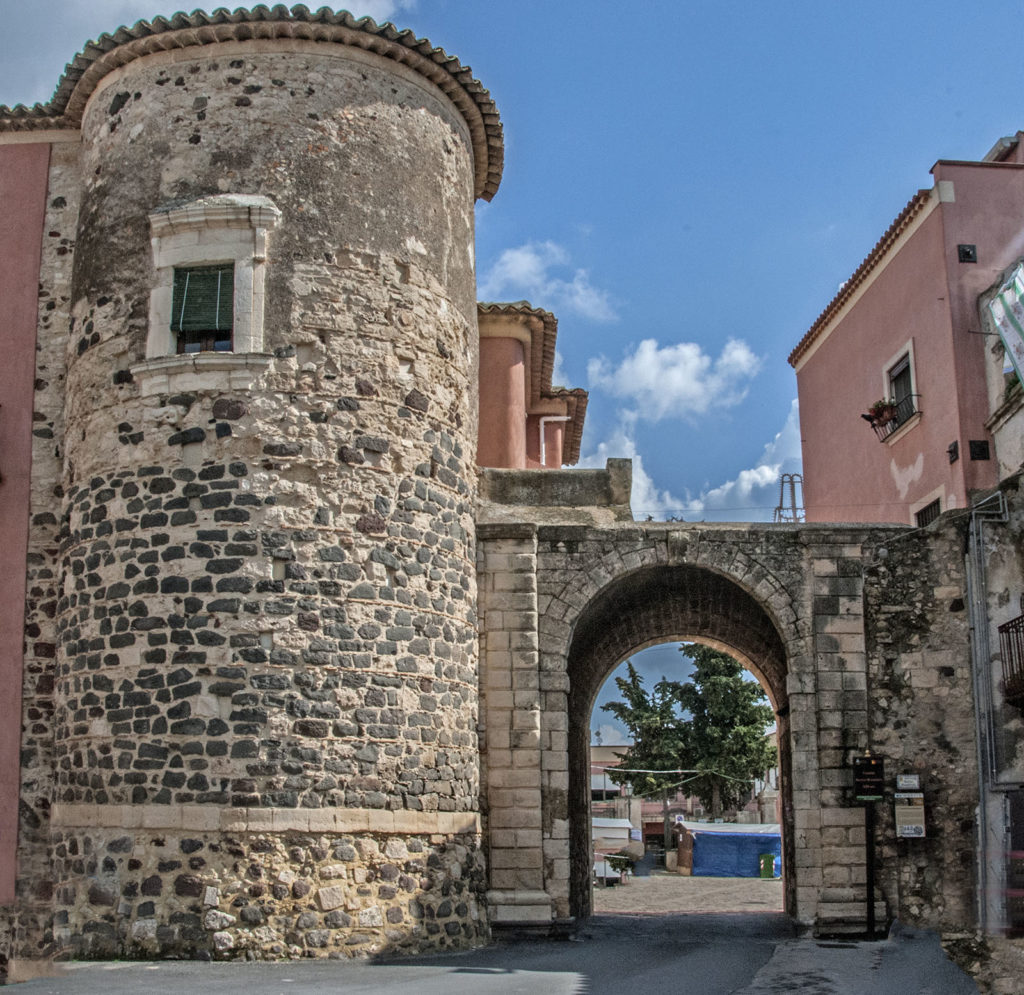During the feudal dominion of the Barresi-Branciforti family, the town of Militello in Val di Catania featured prominently in the town’s commendable reconfiguration.
The prince Francesco Branciforte, once he had married Lady Joanna of Austria, the granddaughter of Charles V and cousin of the King of Spain, launched an urbanisation plan to redesign the small town to make it suitable for new cultural and delegation needs that a modern and such high-ranking court would require. The town’s transformations included one that involved the fortified castle, transformed into a palace and equipped in 1612 with a well-stocked
library
, a printing house and a sort of “alchemist’s” laboratory.

A fountain was later built in the castle’s courtyard and was accessible to the population. This action aimed to underline the prince’s great focus on public works.
The square of the mother church was modernised in 1617 alongside the two main roads of the centre of Militello, which were widened and straightened. Connecting roads were also built outside the former perimeter walls, which encouraged the creation of new districts.
The powerful family was also a promoter of patronage that benefited civic religious life, thanks to funding for the reconstruction of the bell tower of the Mother Church of St. Nicholas and the extension of the Church of St. Mary, which was the burial place of the Barresi family as of the 16th century. In the 18th century the Branciforte family moved to Palermo but continued to own the fiefdom of Militello until the abolition of feudalism in 1812.